News

January 28, 2020
As the coronavirus continues to spread in China and beyond, Cornell’s Dr. Steve Osofsky says it’s time to shut down the "wet markets" the virus came from.
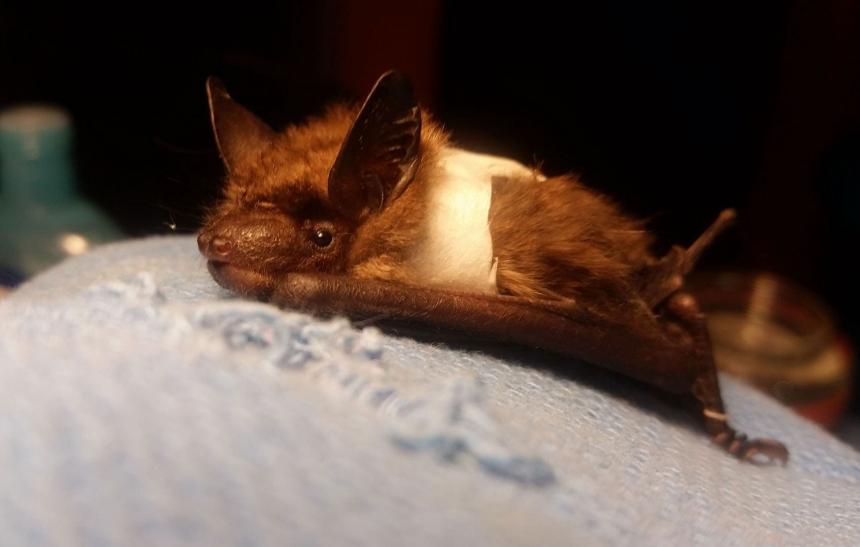
Blog
January 26, 2020
Cornell veterinary student Loren Lassiter ’22 spent time volunteering at Wild Things Sanctuary in Ithaca, NY, working with a variety of local bat species.
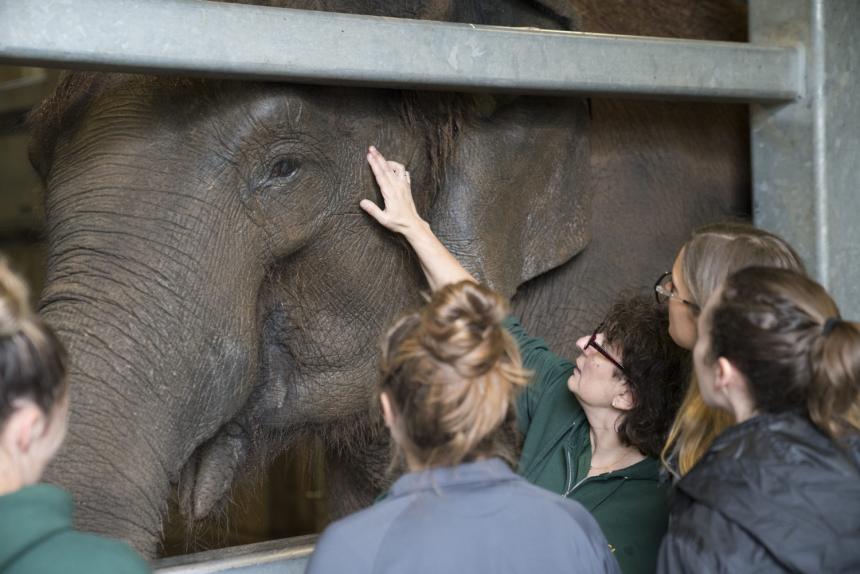
January 15, 2020
A 23-year partnership between Syracuse’s Rosamond Gifford Zoo and Cornell’s College of Veterinary Medicine provides care for endangered species while giving veterinarians and students specialized training.
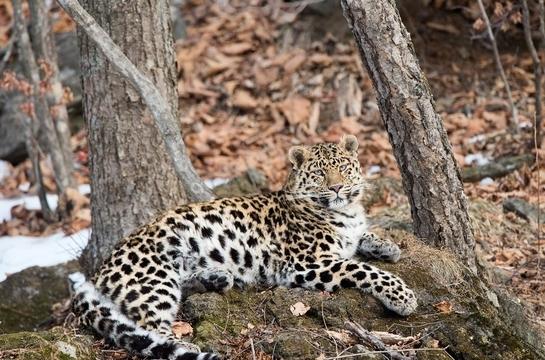
For Your Information
December 13, 2019
Translocation of wildlife as a means of reintroducing or reinforcing threatened populations is an important conservation tool but carries health risks for the translocated animals and their progeny, as well as wildlife, domestic animals and humans in the release area.
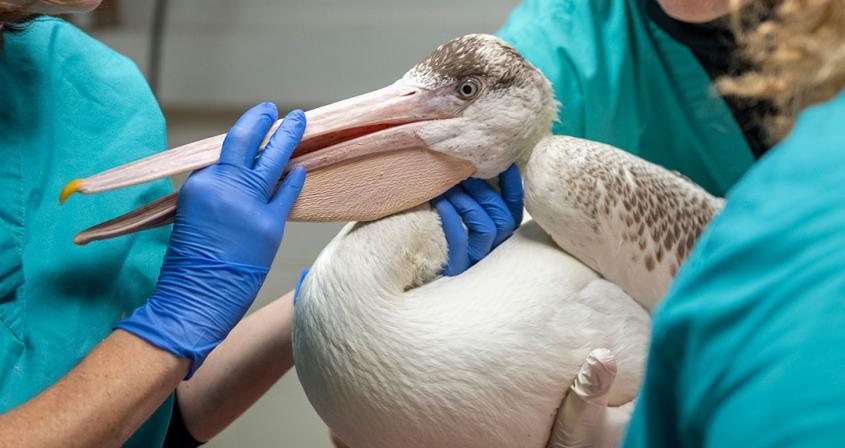
December 10, 2019
This juvenile American white pelican — which had only one working eye and was suffering from weakness and parasites — was brought to the Janet L. Swanson Wildlife Hospital, making history as the first of its species to be treated there.
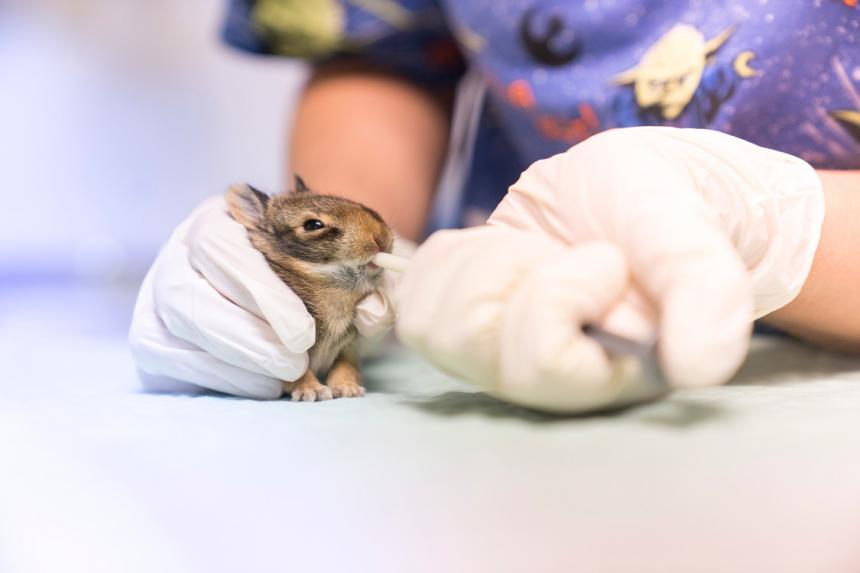
For Your Information
December 10, 2019
The November/December 2019 issue of the Cornell Alumni Magazine features the heroic work of the Janet L. Swanson Wildlife Hospital.
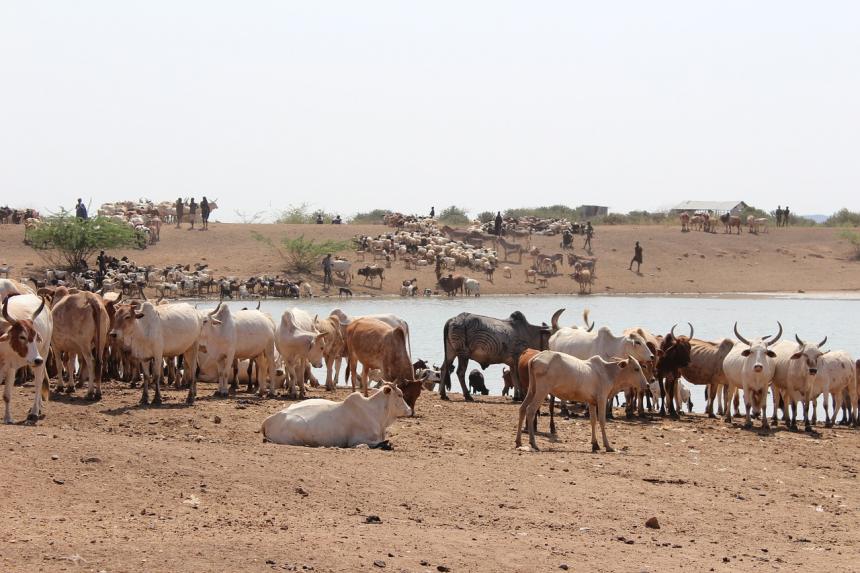
December 09, 2019
Mongabay interviews the Cornell Wildlife Health Center’s Dr. Steve Osofsky about southern African efforts to lessen reliance on fences to protect livestock from disease, and in the process also allow key wildlife migration routes to be restored.
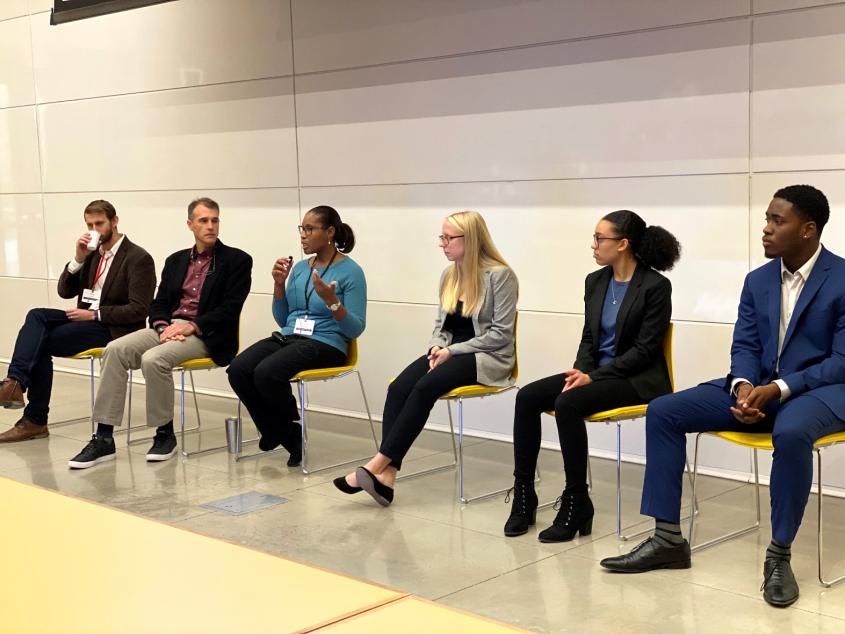
November 22, 2019
Spurred by estimates suggesting we have only 10 years left to prevent irreversible damage to the planet, this College of Veterinary Medicine symposium hosted by Cornell's Master in Public Health Program explored the relationships between climate change and health.
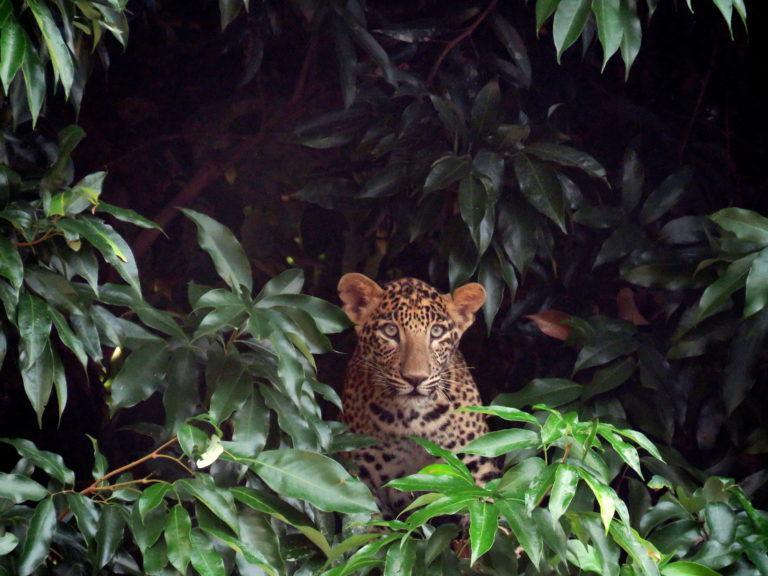
Announcement
November 18, 2019
Congratulations to Shashank Poudel on receiving the Pat J. Miller Scholarship from the Wildlife Conservation Network! As a Cornell PhD student, Shashank aims to implement community-based interventions to reduce human-leopard conflict in Nepal.
Video
October 23, 2019
The One Health concept recognizes that the health of people is connected to that of animals and the environment. Amphibians have been documented to help keep forests healthy while also serving as key indicators of water quality.
